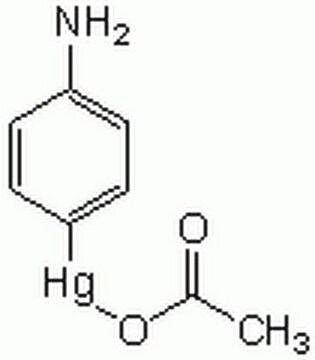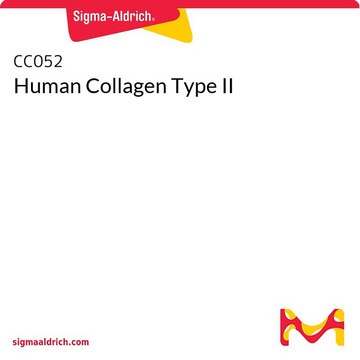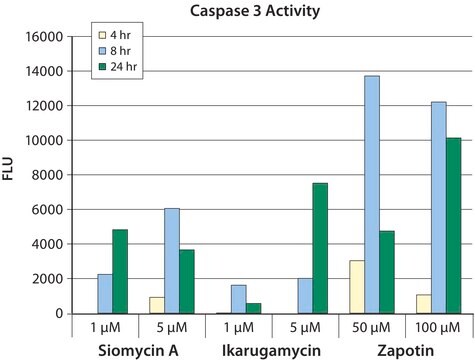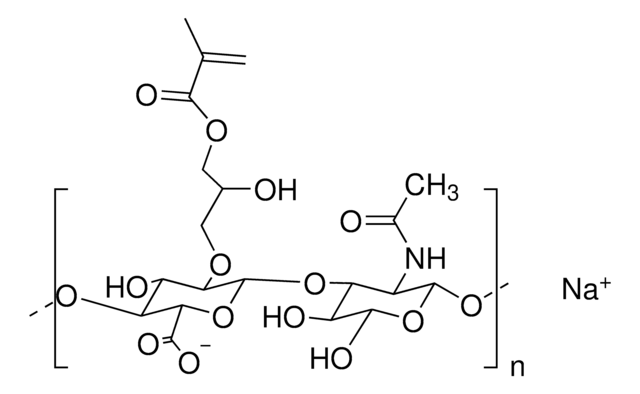SCC611
GRINCH Glucose-Responsive Insulin-secreting C-peptide hProinsulin Rat Insulinoma Cell Line
Synonym(s):
Glucose-Responsive INsulin-secreting C-peptide-modified cell line, Insulinoma cell line, Rat insulinoma cell line
About This Item
Recommended Products
biological source
rat
Quality Level
packaging
vial of ≥1 x 10^6 vial
manufacturer/tradename
Millipore
technique(s)
cell culture | mammalian: suitable
shipped in
liquid nitrogen
storage temp.
−196°C
General description
GRINCH cells express human insulin with a C-peptide GFP tag?.
Application
- Each vial contains > 1 X106 viable cells.
- Cells are tested negative for infectious diseases by Essential CLEAR Panel by Charles River Animal Diagnostic Services.
- Cells are verified to be of rat origin and negative for interspecies contamination from human, mouse, Chinese hamster, Golden Syrian hamster, and nonhuman primate (NHP) as assessed by a Contamination Clear panel by Charles River Animal Diagnostic Services
- Cells are negative for mycoplasma contamination.
Features and Benefits
Target description
Recent advancements in technology have enabled the molecular understanding of diabetes in childhood and in non-obese patients, unveiling the role of single gene defects. These defects, found in genes encoding beta-cell components like potassium channels, glucokinase, transcription factors, and insulin, contribute to 1-5% of all diabetes cases and are characteristic of monogenic diabetes. Insulin gene mutations can lead to various diabetes subtypes by affecting insulin folding, causing retention in the endoplasmic reticulum (ER), triggering ER stress, beta-cell death, and impairing insulin-insulin receptor (IR) interaction.
Source
The GRINCH cell line was derived from INS-1 cells. The INS-1 cell line was derived from x-ray induced insulinoma in rats.
References
1. Trikkalinou A, Papazafiropoulou AK, Melidonis A. 2017. Type 2 diabetes and quality of life. World Journal of Diabetes. 8(4):120.
2. Yang Y, Chan L. 2016. Monogenic Diabetes: What It Teaches Us on the Common Forms of Type 1 and Type 2 Diabetes. Endocrine Reviews. 37(3):190–222.
3. Haataja L, Snapp EL, Wright JJ, Li M, Hardy A, Wheeler MB, Markwardt ML, Rizzo MA, Arvan P. 2013. Proinsulin Intermolecular Interactions during Secretory Trafficking in Pancreatic β Cells. 288(3):1896–1906.
Storage and Stability
Other Notes
Disclaimer
Storage Class Code
10 - Combustible liquids
WGK
WGK 2
Flash Point(F)
Not applicable
Flash Point(C)
Not applicable
Regulatory Listings
Regulatory Listings are mainly provided for chemical products. Only limited information can be provided here for non-chemical products. No entry means none of the components are listed. It is the user’s obligation to ensure the safe and legal use of the product.
ISHL Indicated Name
Substances Subject to be Indicated Names
ISHL Notified Names
Substances Subject to be Notified Names
JAN Code
SCC611:
Certificates of Analysis (COA)
Search for Certificates of Analysis (COA) by entering the products Lot/Batch Number. Lot and Batch Numbers can be found on a product’s label following the words ‘Lot’ or ‘Batch’.
Already Own This Product?
Find documentation for the products that you have recently purchased in the Document Library.
Our team of scientists has experience in all areas of research including Life Science, Material Science, Chemical Synthesis, Chromatography, Analytical and many others.
Contact Technical Service








